Ellena Swift gives the top dogging in award to the humble sheepdog

This time of year the majority of keepers face the seemingly never-ending and infuriating task of “dogging-in”. The art of pushing wandering poults back to the more desirable areas of the shoot can be extremely time-consuming and impossible without said canine friend. Not dissimilar to the skills required of a beating dog, the dogging-in one must work steadily, without picking any of the birds (known as pegging).
The most common breed of dog used by keepers is the spaniel, for it is renowned for its ability to hunt tightly to its handler, quarter and sit to flush. While it is acknowledged that other gundog breeds can be just as effective as the spaniel in its role in driving birds home, it is surprising that given what is required of the dog another breed has been overlooked.
The border collie’s entire existence revolves around its desire to herd, drive and move quarry. It has little if no drive to retrieve and most will herd almost anything. I often hear pet dog owners claiming their collie herds their children if they wander too far, and nearly everyone in the dog world will have seen or heard of a collie chasing car wheels. It is a simple desire to herd the object that is trying to leave and not the “bad dog behaviour” it is often perceived to be.
So what makes the collie such a useful dogging-in companion? While a spaniel will hunt hard and quarter, it will do so at a pace it dictates. This is normally fairly rapid. A collie will move at the pace of whatever they are attempting to herd. Therefore most birds being dogged-in by a collie will run rather than flush or fly. This means they are less likely to hop over the wrong hedge or fly the wrong way, resulting in either a long walk to get them back or the reluctant acceptance that the bird has beaten you.
この記事は Shooting Times & Country の October 4,2017 版に掲載されています。
7 日間の Magzter GOLD 無料トライアルを開始して、何千もの厳選されたプレミアム ストーリー、9,000 以上の雑誌や新聞にアクセスしてください。
すでに購読者です ? サインイン
この記事は Shooting Times & Country の October 4,2017 版に掲載されています。
7 日間の Magzter GOLD 無料トライアルを開始して、何千もの厳選されたプレミアム ストーリー、9,000 以上の雑誌や新聞にアクセスしてください。
すでに購読者です? サインイン
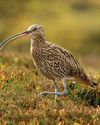
United we stand
Following United Utilities' decision to end grouse shooting on its land, Lindsay Waddell asks what will happen if we ignore our vital moors

Serious matters
An old gamebook prompts a contemplation on punt-gunning
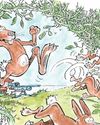
They're not always as easy as they seem
While coneys of the furry variety don't pose a problem for Blue Zulu, he's left frustrated once again by bolting bunnies of the clay sort
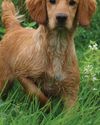
Debutant gundogs
There's lots to think about when it comes to making the decision about when to introduce your dog to shooting
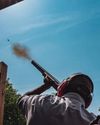
When the going gets rough
Al Gabriel returns to the West London Shooting School to brush up on his rough shooting technique
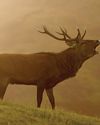
The Field Guide To British Deer - BDS 60th Anniversary Edition
In this excerpt from the 60th anniversary edition of the BDS's Field Guide To British Deer, Charles Smith-Jones considers the noise they make
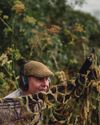
A step too far?
Simon Garnham wonders whether a new dog, a new gun and two different fields in need of protection might have been asking too much for one afternoon's work
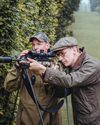
Two bucks before breakfast
A journey from old South London to rural Hertfordshire to stalk muntjac suggests that the two aren't as far detached as they might seem
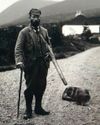
Stalking Diary
Stalkers can be a sentimental bunch, and they often carry a huge attachment to their hill

Gamekeeper
Alan Edwards believes unique, private experiences can help keepers become more competent and passionate custodians of the countryside